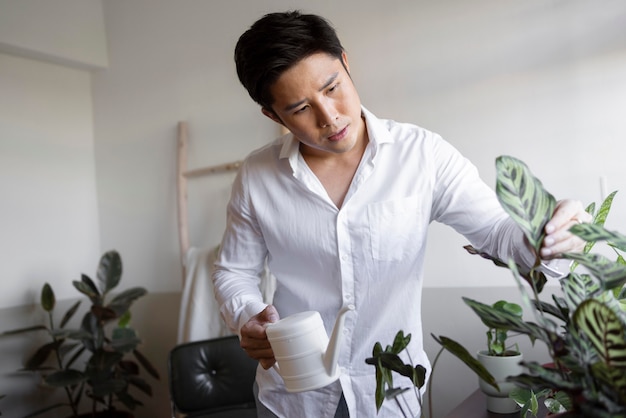
Cramps during or before your menstrual cycle are quite common and generally normal. However, some women experience cramps even after their period ends. This can be normal as well, but sometimes it might indicate an underlying health issue. Understanding the causes of these post-period cramps can help determine whether you need to see a doctor or if it’s nothing to worry about.
If your cramps last only a few hours to a couple of days after your period, it’s typically not a big concern. However, if they persist longer, it’s better to consult a gynecologist who can diagnose the issue.
### Causes of Cramps after Your Period
1. **Appendicitis**: If you have been experiencing abdominal cramps for months after your period, it might be due to appendicitis. The pain often starts around the belly button and moves to the right abdomen, becoming more severe over time. Other symptoms include vomiting, constipation, diarrhea, nausea, and loss of appetite. Immediate treatment is required to prevent the appendix from bursting.
2. **Implantation**: Implantation occurs when a fertilized egg attaches to the uterus lining, which is an initial phase of pregnancy. This can cause mild cramps lasting up to two days, often accompanied by breast changes, white milky discharge, nausea, and vomiting.
3. **Ovulation**: If you’re cramping about two weeks after your period ends, it might be due to ovulation, when the eggs are being released. This can cause mild to severe pain, sometimes with vaginal discharge and spotting.
4. **Pelvic Inflammatory Disease (PID)**: PID is a serious sexually transmitted infection that causes abdominal and pelvic cramping, along with unusual vaginal discharge with a fishy odor, dark blood flow during periods, and severe pain. Untreated, it can lead to infertility.
5. **Stress**: High stress can disrupt your hormonal balance, resulting in abdominal cramps even after your period. It can also cause unusual spotting or bleeding between periods, along with thicker white discharge or a missed period.
6. **Cervical Stenosis**: This condition involves a very small cervix opening, causing pressure and cramps. Medication or surgery can treat this condition effectively.
7. **Uterine Fibroids**: These are tissue growths in the uterus that can cause heavy and prolonged periods, irregular blood flow, pain in the pelvis, and cramping after the period. Treatment might include medication or surgery, as untreated fibroids can lead to infertility.
### Treatment of Cramps after Period
After a thorough examination, a gynecologist might recommend various treatments including painkillers, anti-inflammatories, surgeries for cysts, and hormonal therapies. In severe cases, treatments like chemotherapy or surgery might be necessary for conditions like cervical cancer.
### Home Remedies for Treating Cramps after Period
1. **Heat Pad Therapy**: Applying a heat pad to the pelvic area can alleviate pain from ovulation, implantation, menstrual cycles, and fibroids. It’s a chemical-free alternative to painkillers.
2. **Exercise**: Engaging in abdominal-focused workouts can reduce cramps and improve overall fitness and immunity.
3. **Meditation**: Practicing meditation can help manage pain by reducing stress and improving mental health.
4. **Drink Extra Water**: Staying hydrated helps your body function better and can reduce cramping.
5. **Take Less Stress**: Using stress-relief methods can help alleviate stress-induced cramps.
6. **Massage**: Gentle massaging of the painful areas can provide temporary relief from intense cramps.
7. **Changes in Diet**: Eating whole foods, vegetables, and fruits can improve your overall health and reduce pain.
8. **Avoid Tobacco and Alcohol**: These substances can contribute to cramping, so reducing or eliminating them can help.
While cramps after your period don’t always signal a serious issue, frequent or prolonged pain should prompt a visit to a gynecologist for proper diagnosis and treatment.